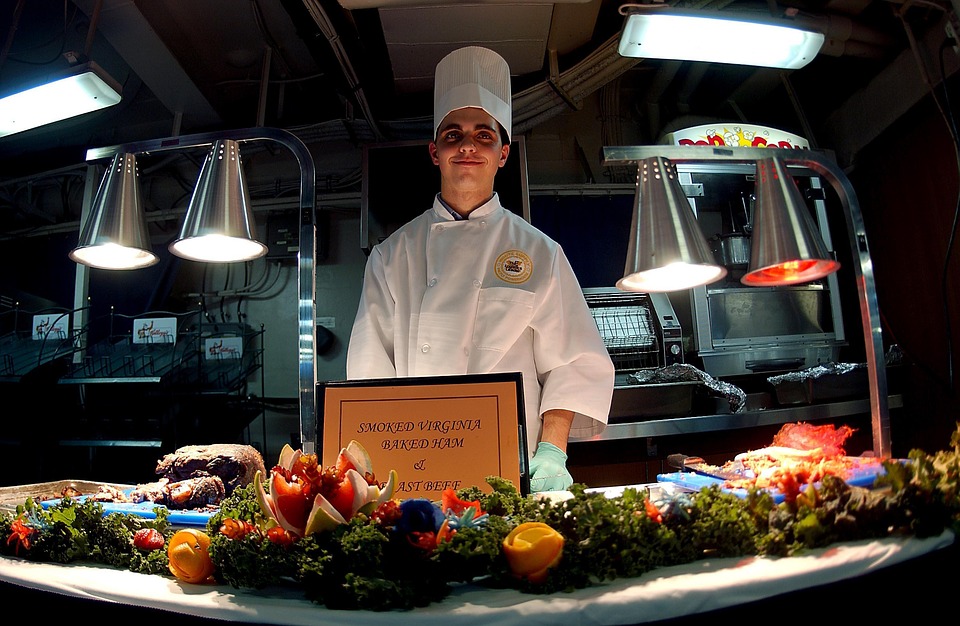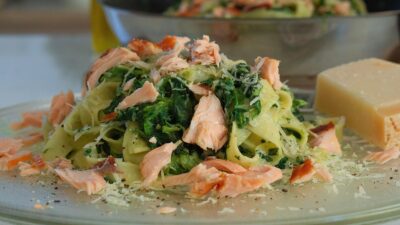In an age where digital interactions often replace face-to-face connections, virtual cooking classes have emerged as a delightful and engaging way to bring people together. As home chefs from diverse cultures open their digital kitchens to aspiring cooks around the world, these classes offer not just culinary skills, but also a unique glimpse into different traditions and lifestyles.
The Rise of Virtual Cooking Classes
The global pandemic accelerated a shift towards online experiences, with many individuals seeking new hobbies and ways to connect with others from the safety of their homes. Cooking classes skyrocketed in popularity, transforming into immersive experiences that transcend geographical boundaries. Platforms like Zoom, Skype, and specialized cooking websites have made it easy for home chefs to share their culinary secrets while participants cook along in their own kitchens.
Bridging Cultures Through Food
One of the most enticing aspects of virtual cooking classes is their potential to celebrate and preserve cultural heritage through food. Participants not only learn how to prepare traditional dishes but also gain insight into the stories and rituals surrounding those meals.
For example:
- A Japanese home chef might teach participants how to make sushi, explaining the significance of each ingredient, the art of presentation, and the cultural practices associated with this beloved dish.
- A Mexican chef might host a class on crafting fresh tortillas, sharing the history and significance of staple ingredients in Mexican cuisine.
This cultural exchange transforms a simple cooking lesson into a journey around the globe, all from the comfort of home.
Learning from Home Chefs
One of the standout features of these virtual classes is the opportunity to learn from passionate home cooks rather than professional chefs. These individuals often bring authentic, family-tested recipes and offer insights that professional chefs may overlook. The personal touch adds a layer of warmth and connection, enabling participants to form bonds with their instructors and fellow students.
Moreover, many home chefs focus on affordable, accessible ingredients, making it easier for participants to recreate the dishes long after the class is over. This approach fosters a sense of community and encourages home cooking as a way of enhancing family life, regardless of culinary skill level.
Flexibility and Convenience
Participants of virtual cooking classes enjoy the flexibility to choose classes that fit into their schedules, enabling them to learn at their own pace. With a plethora of options available—from Italian pasta-making classes to Indian spice blending sessions—anyone can find a course that piques their interest.
Some classes even focus on specific dietary preferences, such as vegan cooking or gluten-free baking, ensuring that everyone can find something that suits their needs.
Tips for Joining a Virtual Cooking Class
-
Pick a Cuisine: Decide on a type of cuisine that excites you. Explore different regions and their unique dishes.
-
Check Reviews: Look for classes with positive feedback from previous participants to ensure quality and a good learning experience.
-
Prepare Your Kitchen: Before the class, gather all required ingredients and tools. A well-organized kitchen makes for a smoother cooking experience.
-
Engage with the Chef: Don’t hesitate to ask questions during the class. Engaging with the chef and fellow participants enhances the learning process.
- Share Your Experience: After the class, share your dish on social media or with the class group—food is meant to be enjoyed and shared!
Conclusion
Virtual cooking classes have transformed the way we connect with one another through food. They provide a unique opportunity to learn, share, and celebrate various cultures, all while honing culinary skills. Whether you’re looking to impress friends at your next dinner party or simply want to explore new flavors, these classes offer a delightful solution for food lovers everywhere. So, put on your apron, connect with global home chefs, and embark on a culinary adventure that celebrates uniquely diverse traditions—all from your own kitchen.



